2023 Small grants
27 new early-career science projects have been added to this year’s Save Our Seas Foundation small grants funding programme, as part of our larger 20th Anniversary celebrations, where we’re funding bumper 75 projects!
Since 2003, the Save Our Seas Foundation (SOSF) has been dedicated to protecting life in our oceans, especially sharks and rays. To do this, the organisation invests in research, conservation and education projects led by passionate and innovative researchers from around the globe. This year, the SOSF has expanded its current roster of projects with these new and novel small grant projects, each one aims to ensure healthier oceans and a sustainable future.
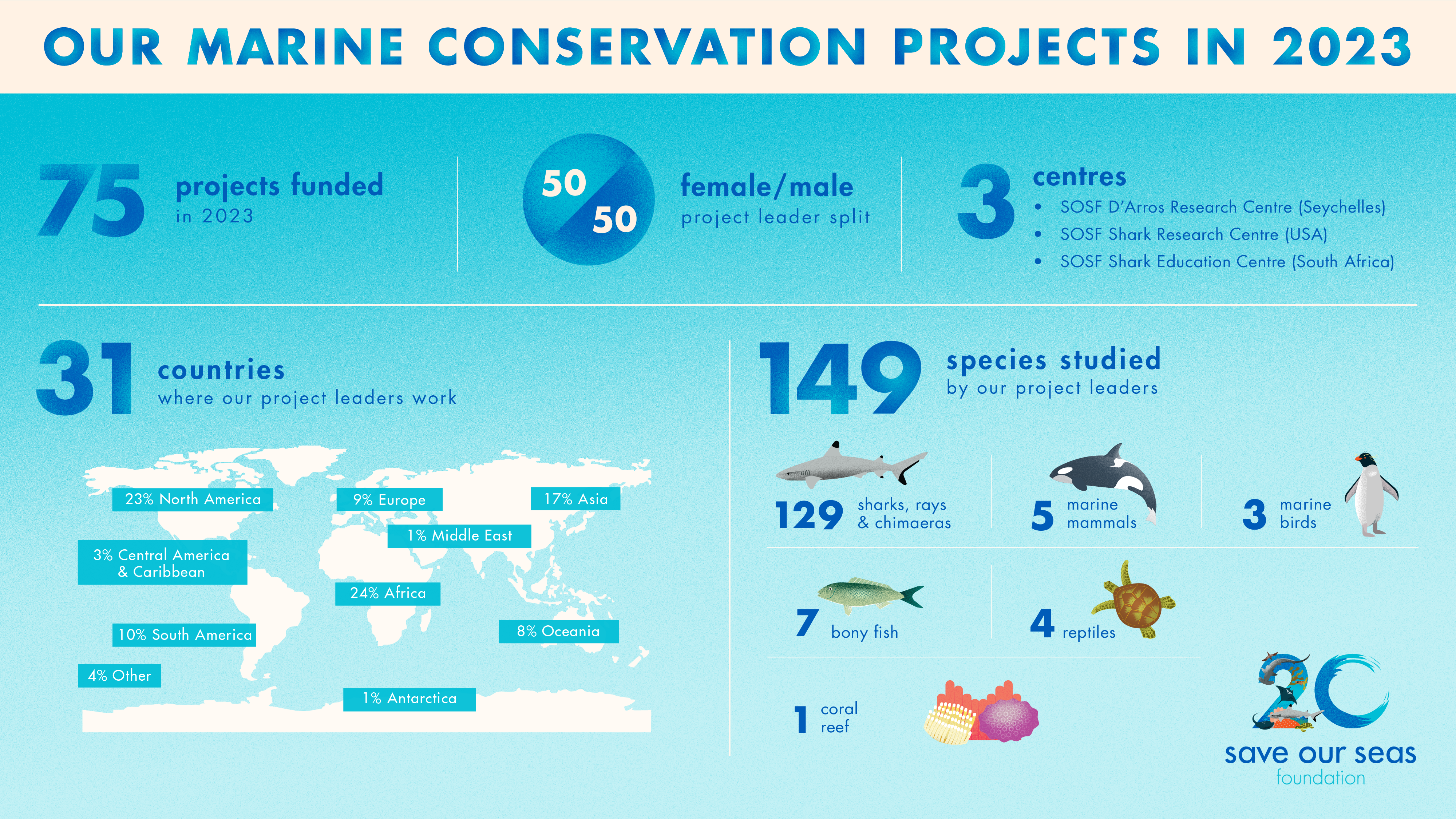
Artwork by Jamy Silver | © Save Our Seas Foundation
Victor is engaging with local Kenyan fishers to map out the historical occurrence and abundance of the Critically Endangered halavi guitarfish. Overfishing has led to a steep decline in the number of this guitarfish, and the sustainable management of its surviving populations is vital for its conservation.
Little is known about how and where the Critically Endangered sharpnose guitarfish breeds and pups. Raha is on a mission to understand the breeding biology of this CITES-listed species because, although it is listed as a protected species in Bangladesh, the sharpnose guitarfish is still caught as a target and bycatch (incidental) species.
Ana is investigating the nutritional content of shark and ray meat products, an increasingly important protein source to many communities worldwide as fish populations fail. But if we don’t properly understand the value of and motivation for shark catches, we stand to mismanage both shark populations and the security of food in at-risk communities.
One of the largest populations of the blacktip shark – a Vulnerable species on the IUCN Red List – occurs in the Gulf of Mexico, where it is managed as a single stock. However, Addie is exploring the variability in the blacktip populations that live in different parts of the gulf with a view to refining the management of different subpopulations.
The dedicated deep-sea shark fishery of Cagayancillo, a small island in the Philippines’ Sulu Sea, is the focus of Titus’s work. Concerned by the vulnerability of poorly understood, haphazardly managed and rarely protected deep-sea ecosystems, Titus is looking to the future, when increasing pressure in the deep could cause the collapse of shark populations.
Six species of round stingray have been reported for the Mexican Pacific, but in the past they were incorrectly identified. Ana will be combining traditional methods (looking at coloration, patterns and body measurements) with genetic research to help determine which round stingrays live where in the subtropical and tropical Mexican Pacific Ocean.
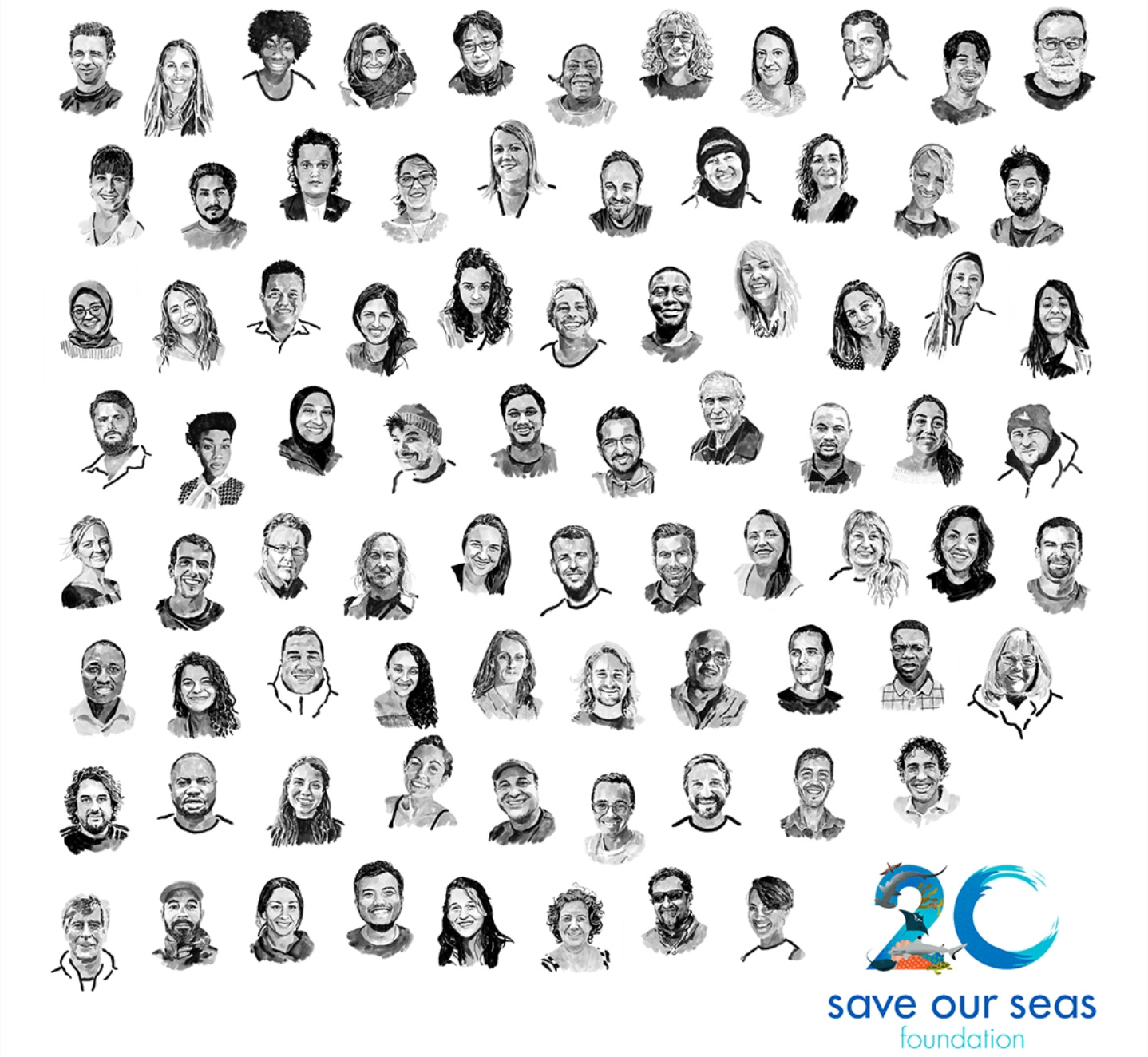
Our project leaders for 2023. Profile sketches by Sam Kerr
The growing pups of egg-laying sharks rely on the ambient ocean temperature to incubate. But what happens as our climate changes? Noémie is thinking ahead, looking to test the impact of a warming and acidifying ocean on the developing embryos of small-spotted catsharks.
Harbours and ports are essential for our economies, but what do sharks make of these man-made structures? That’s the question Vivienne is asking, hoping to understand how sharks and rays are adapting to our increasing human footprint in the ocean.
The Critically Endangered African wedgefish comes with a string of alarming conservation titles: it’s an evolutionarily distinct and globally endangered animal (EDGE) and listed on CITES Appendix II. But in Ghana, where overfishing in the coastal waters in which this ray is predicted to range, precious little is currently known about the African wedgefish. Bernard is aiming to change that by collecting novel information on its population, catches, how it is traded and what its socio-economic value is.
Miguel is mapping potential nursery habitats for smooth hammerhead sharks in southern Portugal. He will be using the latest in telemetry technology to track their movement patterns, hoping to confirm preliminary suggestions and anecdotes from fishers that the Sagres coast in southern Portugal might provide refuge for smooth hammerhead pups to be born and grow larger and stronger before moving out into the open ocean.
Ana will be launching unmanned aerial vehicles (UAVs) to detect Chilean eagle rays in the sandy shallows along the Atacama Desert coast. She wants to know their size and how many there are, how and where they move, and whether these patterns differ between seasons. Information about these poorly understood rays is critical to answer questions about their management in Mejillones Bay.
Claire is developing highly sensitive molecular (genetic) tools to help her detect the presence of five rare ‘rhino rays’ (sawfish, wedgefish and giant guitarfish) in West Africa. She wants to use these tools to find two sawfish, two wedgefish and one giant guitarfish species in Guinea-Bissau, Mauritania and Senegal and collect information about their distribution along the coast.
How are guitarfish using the shallow coastal habitats of Goa in western India, and how does that overlap with the fisheries there? How do these rays fare with the stress of capture? Do they survive if they are released? These are some of the questions Trisha is on a mission to answer.
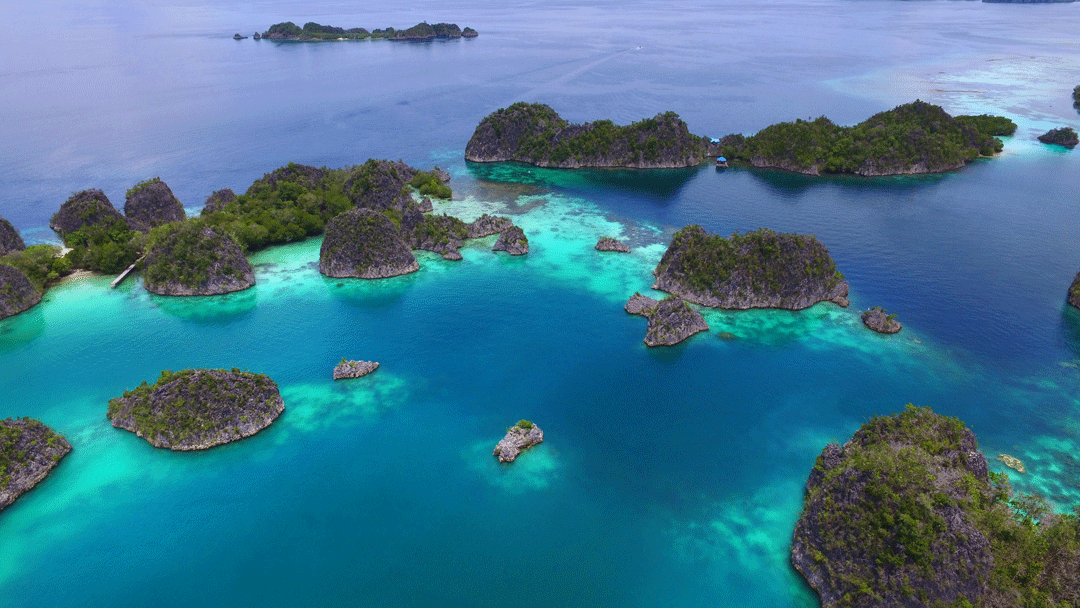
Raja Ampat - a network of 7 MPA's in West Papua, Indonesia. These waters are some of the most biodiverse places for coral and vital fish species alike. Photo © Misbachul Munir | Shutterstock
The Raja Ampat epaulette shark can be found in the protected waters of the Raja Ampat Marine Protected Area in Indonesia. A Near Threatened species, it is endemic (found nowhere else in the world) to this region. But even havens now show our human footprint: Muhammad is investigating reports of declines in the epaulette shark’s population here, where the impact of tourism in the form of development and boat traffic might be impacting these sharks.
For dwindling numbers of tortoises and turtles, ensuring that your eggs hatch successfully to launch the next generation is key to population stability or recovery. Alessia is investigating the causes of hatching failures for these species with a view to identifying the key elements that require conservation and management intervention.
Samantha is taking biomimicry to the seas and specifically to sharks, looking to learn from the flow dynamics of their spiral intestines. Her aim is to use the engineering inspiration from nature to remove microplastics from flowing water. The project will involve using particle image velocimetry (PIV) to investigate the flow dynamics of particles moving through 3D printed models of a shark’s spiral intestine.
Martina is deploying remotely operated vehicles (ROVs) to survey sharks and rays at night. She hopes to develop best practices and standardised methodologies so that this technique can be widely used to study sharks and rays on coral reefs at night. Research shows that sharks and rays are often most active at night, but the limitations on scientific nocturnal diving restrict the consistent surveying of coral reefs when it’s dark.
Shark fisheries in Tunisia’s Gulf of Gabes target their catches in the spring and summer when species are moving into shallow waters. But shallow waters are often where sharks breed, pup and feed. Rihab is describing the shark and ray fisheries here and exploring their impact on many vulnerable species, often during their most critical life stages.
Alejandra is sampling environmental DNA to scour the coast of northern Peru for largetooth sawfish. Although the species was long thought to be extinct here, two individuals were caught in the Tumbes Region in 2016. The finding has sparked some dedicated sleuthing from Alejandra, who will be interviewing fishers to find out about ancestral fishing grounds in the hope that the insights she gains will help to narrow down her search.
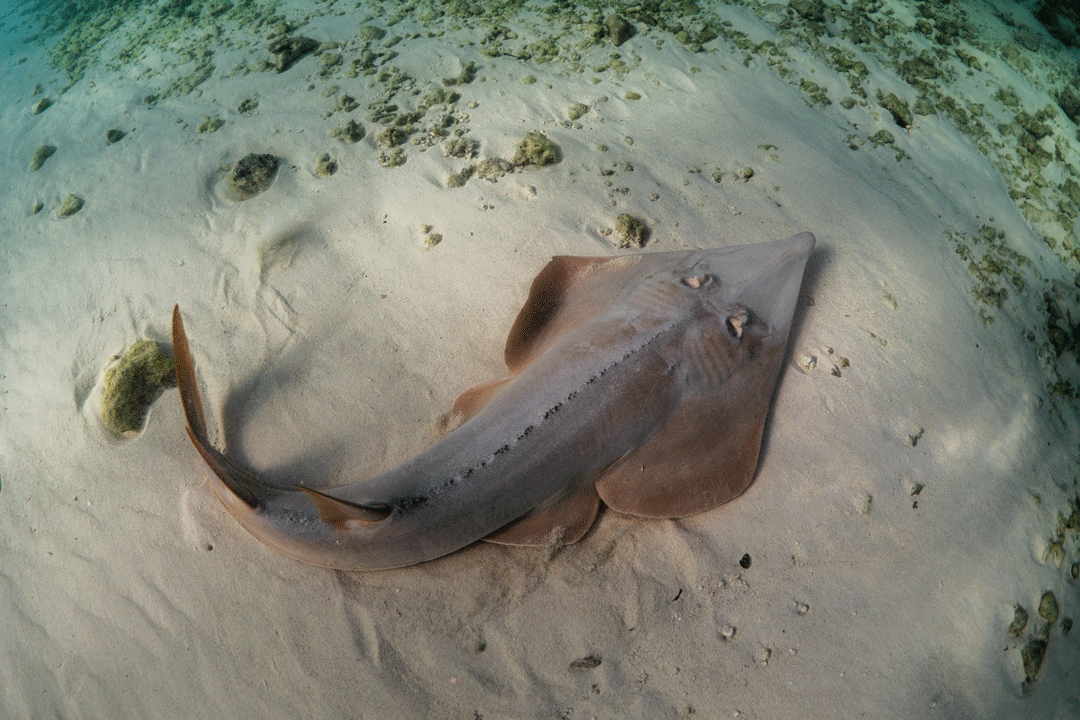
Giant guitarfish photographed at Heron Island, Australia. Photo © Danny Copeland
Evan is searching the shallow waters of India’s Andaman Islands to find the habitats that Critically Endangered giant guitarfish and other vulnerable rays use to pup and where their young grow up. He hopes that by addressing some of the key gaps in knowledge about how these rays live, his work can guide more effective protection for these species and their essential habitats.
We know that fish often end up smaller overall if their populations have been overfished. Rising ocean temperatures with our changing climate might have the same impact. Scientists have figured this out using ‘Gill Oxygen Limitation Theory’ (GOLT), which describes how limited oxygen affects the growth of water-breathing animals. Buddhi wants to decipher this relationship for rays, which hasn’t yet been described using GOLT.
Alicia is using community science and traditional ecological knowledge to gather information about the presence of mobulid rays in the Canary Islands. She also hopes to establish the first regional photo-ID catalogue for the Chilean devil ray and the giant manta ray. Alicia wants to know which mobulid species occur in Canarian waters and when they frequent the area.
In a first project of its kind for North America, Ariadna wants to identify hotspot areas in the Indian River Lagoon and Sarasota Bay, Florida, where young whitespotted eagle rays can be protected until old enough to disperse as adults and thus help to recover their populations.
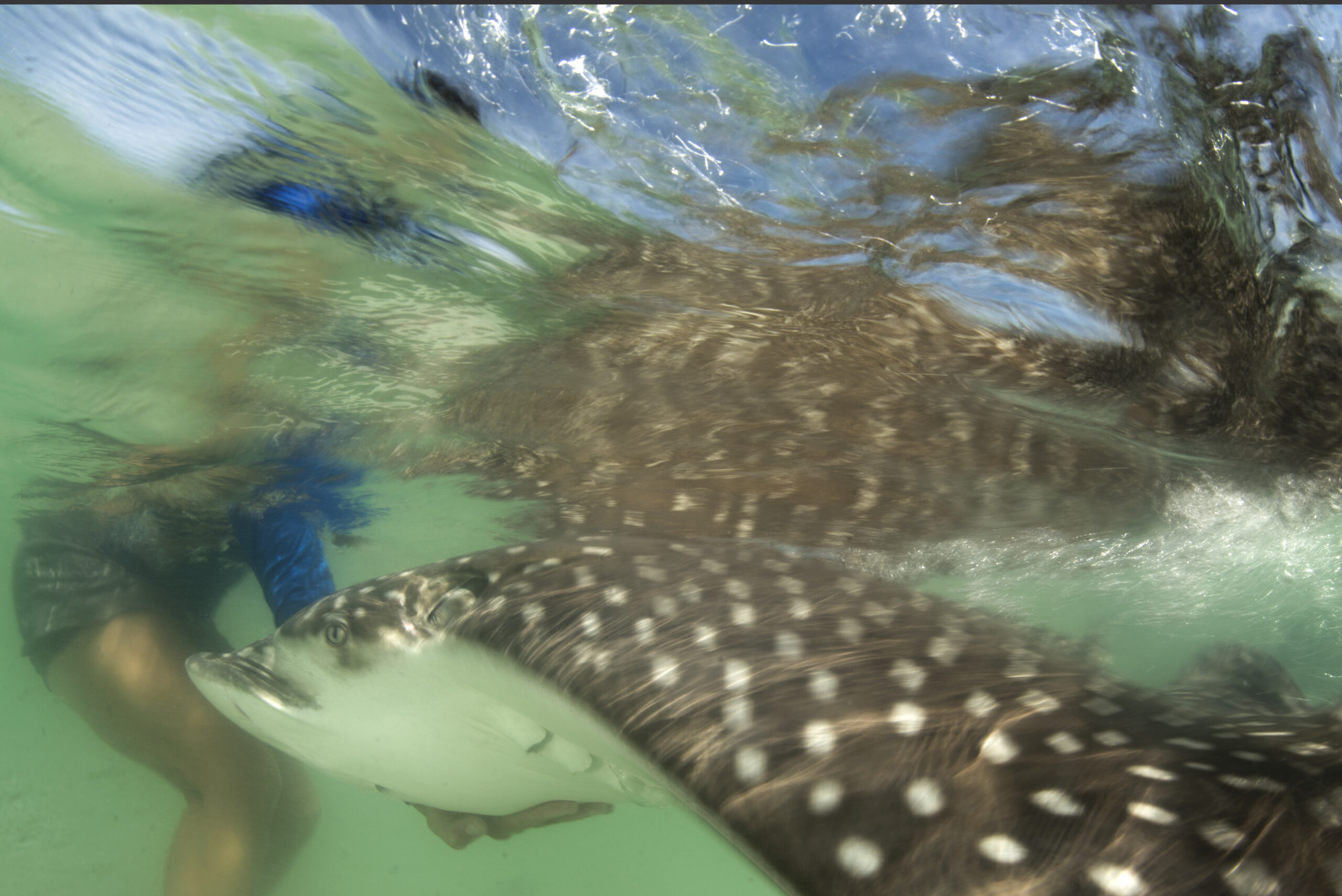
Photo by Justin Gilligan | © Save Our Seas Foundation
India is the world’s second-largest fishing nation. But without sufficient information about how more than 120 species of sharks and rays are distributed around the country, the most effective management will always be elusive. Imran wants to understand where sharks and rays live along the coast of Visakhapatnam.
Citra is delving into the intricacies of how the small-scale shark fishery operates in Batuwingkung Village, Indonesia. As one of the world’s largest shark-fishing nations, Indonesia faces serious shark and ray conservation challenges. Citra will evaluate the vulnerability of targeted shark species and look to designing a sustainable management plan where local communities are particularly dependent on shark fisheries in the Batuwingkung Village.
Indonesia’s Ay and Rhun Islands Marine Protected Area was declared in 2021, but three species of thresher shark were not listed as conservation targets. Rafid is collecting the first information about the thresher shark fisheries with a view to developing the conservation and management strategies needed to effectively address thresher shark populations in the Ay and Rhun Islands Marine Protected Area.
All three of the endemic (occurring nowhere else in the world) houndsharks found in southern Peru and northern Chile are Critically Endangered. Responsible fishing could reduce their short-term mortality, but currently there are no management measures for these species. Carolina wants to link scientists and fishers so that they can work together for sustainable houndshark fisheries.
